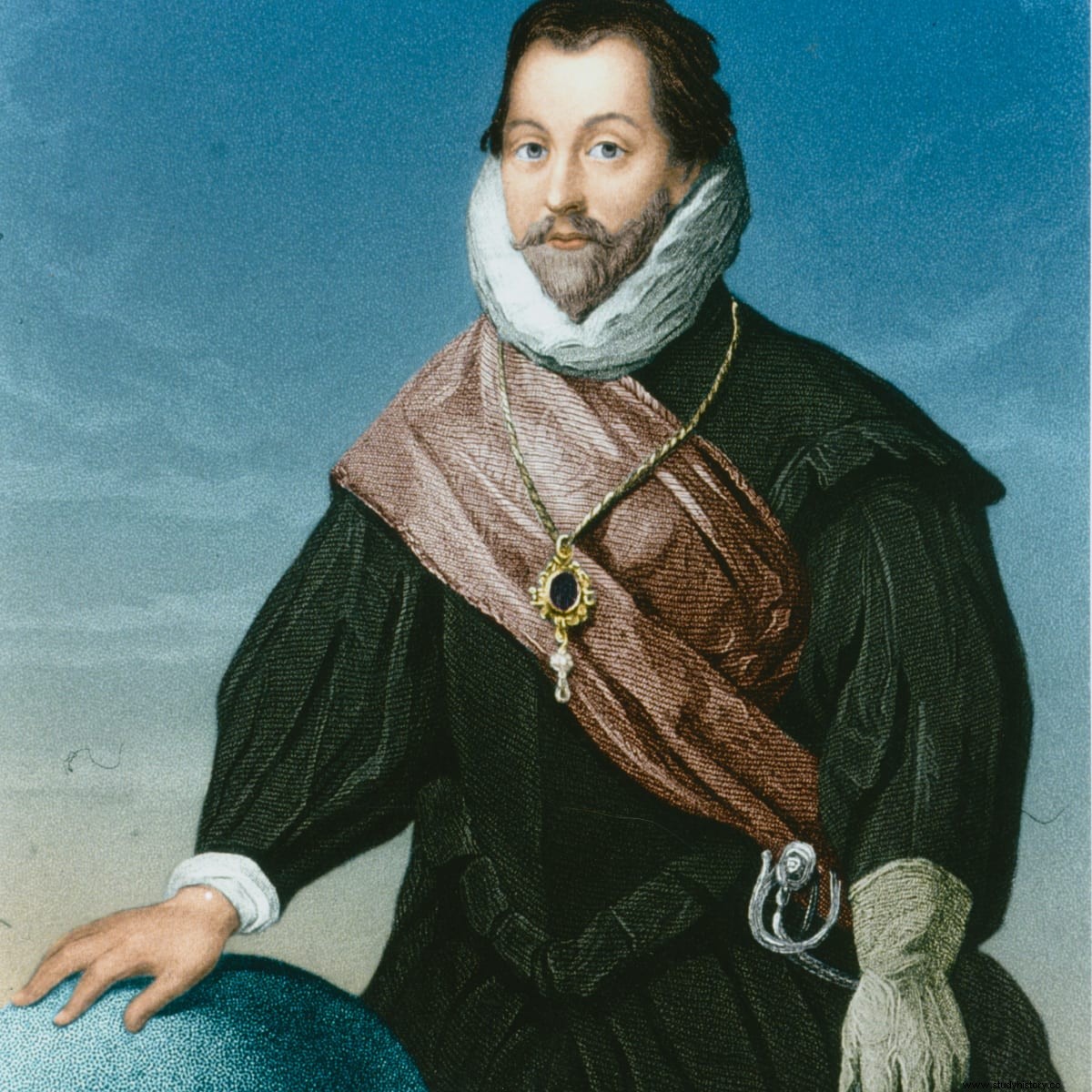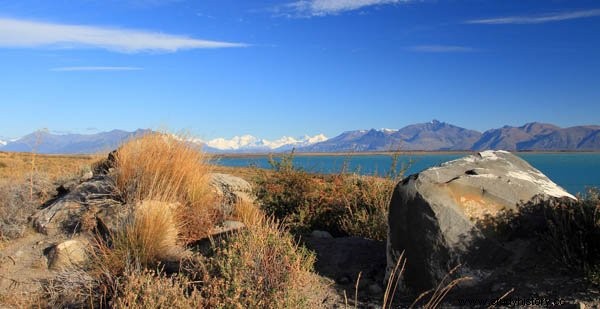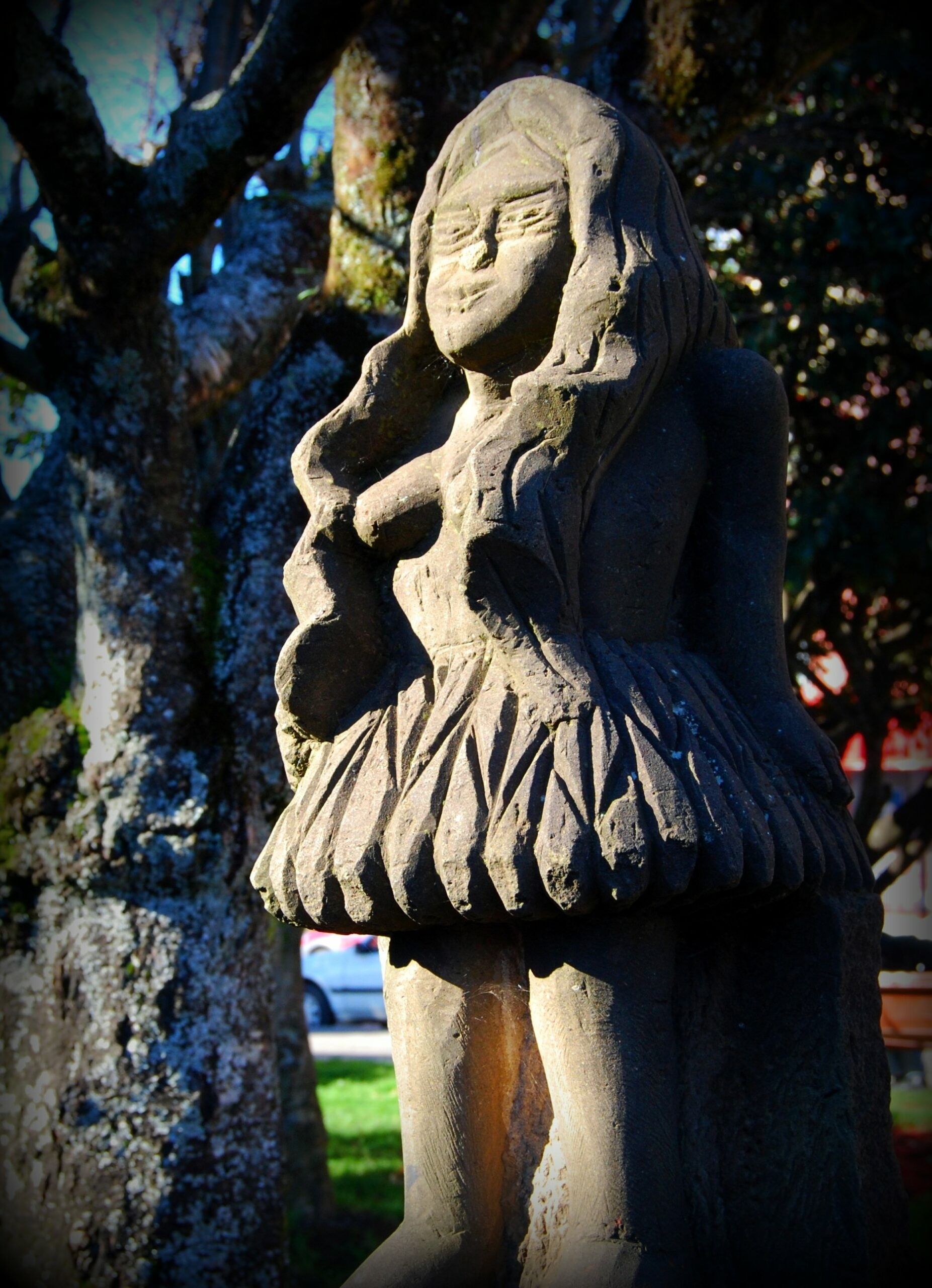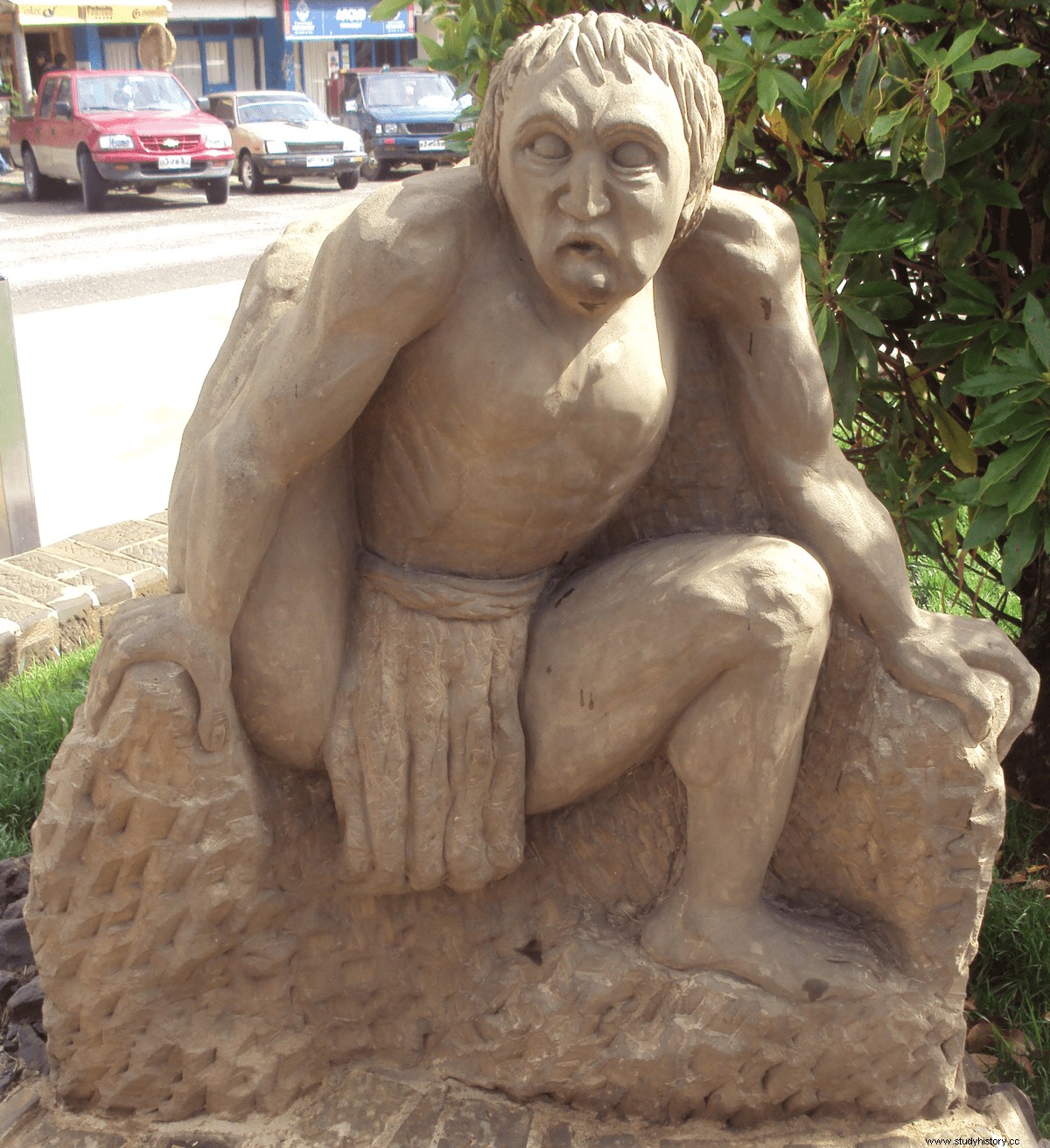Several countries in this world have a rich culture and history along with some popular folklore that enriches the countries. Chile is no exception. Chilean folklore explains the origins and creation of the supernatural collection of natural, attractive destinations and extreme environments discovered throughout the nation.
According to a Chilean legend, there was a bit of everything when the earth was created, including some mountains, rivers, lakes, volcanoes, some glaciers, along with an eclectic distribution of flora and fauna with a few extra bits. These extras were all dumped on the Pacific coast of South America, creating a diverse country known as Chile. Before we get to know about Chilean folklore, we should be informed a little about the country itself.

Chileans claim to be the longest nation in the world as it is spread through at least seven major climate regions that are more than two thousand six hundred and seventy miles from north to south. The climate areas include tundra or mountains, alpine, deserts, glaciers, subtropical humid climate, Mediterranean climate and ocean climate.
Although there are debates about whether Chile is actually the longest country among other north-south nations such as Russia, Canada, Brazil and the United States if you ask them, they will proudly claim that the debate is already over and that they are in fact the longest the country in the world.
A little bit of the history of Chilean folklore
Chilean folklore covers a wide range of legends and myths from the beliefs of the Chilean indigenous people including Aymaras, Mapuche, Tehuelche, Changos, Picunches, Poyas, Diaguitas and more. Their mythology and folk tales represent an important impact on European colonization, especially during the period of Spanish colonization. These effects have helped Chilean folklore develop and become different from other local folklore and mythologies such as Chilote Mythology. The Chilota mythology or Chilote mythology is constructed from Chilean folklore, legend, myth and the beliefs of the indigenous people who inhabited the Chiloe archipelago located in southern Chile. The mythologies and folklore in this section denote the sea in the lives of the chilots.
However, as colonization has affected the folklore and mythologies of Chile, Chilean folklore helped the indigenous people to flee to another world from oppressive colonization. To the indigenous people, the oral tradition and storytelling of Chilean folklore is perceived as a "medical practice and a form of traditional knowledge." As part of a mythical mind, cerebral knowledge is conveyed through folklore. The varied climate and terrain in Chile further influenced the development of beliefs in folklore and mythology that expanded the nation's collective culture.
Divisions of Chilean Folklore
In the classification of Chilean folklore, folklore and myths are mainly divided into four geographical categories which include northern, southern, eastern and central zones.
Northern Zones
Myths, folklore, and legends include characters closely associated with religious devotion, deserts, and mining. The popular myths are le Lola, Alcanto, Umpillay, Achaches, Quipana and el Yastay. Other folklore involves Payachatas, the treasure of Guayacan and Juan Soldado. Folklore in Chile draws inspiration from pre-Incan and Inca Civilizations, but they differed from others through the influence of Spanish colonization. One such example of Chilean folklore where you can find all the connections between deserts and mining is in the following folk tales.
Birth of Desierto Florido
During the Spanish rule, there was a beautiful lady named Ananuca who lived in Monte Patria, a village near the river called Limari. While several young men in the village admired her beauty, no one could win her love.
One day a handsome and mysterious young miner came to the village in search of a mythical oar of gold. Instead, they found each other and fell in love, and lived in the village for a while. But one night the young men dreamed of the location of the gold, revealed by a mountain duck, which forced the miner to resume exploration. He left Ananuca and promised to return.
Ananuca waited for several days, but the miner did not return. The locals said that the young man could be swallowed by the air mirror. Ananuca threw away with deep grief and the villagers buried her while mourning her on a rainy day. The next day, the valley warmed with the strongest sun and the ground where Ananuca died was filled with magnificent red flowers. Legends say that the flowers are a representation of her love, so that even after death they can remain close to each other.

Even today, the Ananuca flowers can be seen between the Quilimari Valley and Copiapo, transforming the pampa with the majestic phenomenon referred to as Desierto Florido which transforms the desert into a flower.
Central Zone

This folklore and mythologies have come from many mythological characters from the faith of the Mapuche tribe. Originally, the Spaniards settled in the central zone, which led to the unique fusion. This zone has a lot of folklore aka legends that have been modified over time through oral tradition. Among many mythical figures are some famous Pedro Urdemales, la Llorona, el Piuchén, el Culebrón, la Calchona and el Chonchón.
Folklore in Central Chile includes the burial of Cacique Vitacura, Inca Lagoon and Rere 'Bell along with legends about witches and the appearance of the devil. Another folklore is the buried treasure in the region of Valparaiso.
Buried tax in the Valparaiso region

According to lore, the famous sailor Sir Francis Drake buried wonderful treasures and jewelry along the coast of what is now known as the Valparaiso region. In 1578, Sir Drake was the first European to discover Guayacan Bay, which became a famous place for pirates to plunder the Spanish galleons. Legend has it that many have died in the search for the treasure in this part.
According to fishermen, the most outrageous amount of treasure is hidden in the Laguna Verde cave that can be reached from the town of Valparaiso. One of the entrances is on Esmeralda Street in Valparaiso, and the gate is guarded by a goat. The goat is bewitched like a young girl, and it is said that anyone who tries to free her from the spell risks terrible suffering.
Eastern Zone
One of the most important sources of myths is Easter Iceland. The Polynesian Rapa Nui People who inhabited the eastern islands made an explanation of man and their land. This folklore includes Aku-Aku and Make-Make.
The beginning of the world according to the Rapa Nui people

The Rapa Nui people believed that when there was nothing and everything was left to be created, there was a battle among the spirits. The most powerful spirit of the air imposed the will of the other weaker spirits and turned them into volcanoes and mountains. And the rest who repented were turned into stars.
The mighty spirit transformed his son, who was also a spirit, into a man and threw him to the ground. The spirit was confused and the mother, feeling sad, opened a window to the sky from which her pale face could sometimes be seen, and looked through the window.
The mighty spirit did not want his son to be alone, so it turned a star into a young woman who had to walk barefoot to reach her son. But her feet did not hurt because the mighty spirit created flowers and grass, and when she touched the flowers, they became birds and butterflies. As she walked through the patch of grass, it became a huge jungle. The couple was united and found the world wonderful. The spirit saw them through a window during the day, which is the sun, and the mother saw them at night, which is the moon.
The southern zone
The zone was also affected by the indigenous peoples' belief in the Mapuche tribes. Chilean folklore includes The Three Pascuales, the city of Caesar, and spirits from the Mapuche faith such as Wangulen, Wekufes, Pillan, and so on
Caesars by
The city of Caesar or otherwise known as the wandering city, Trapananda or Trapalanda or the city of Patagonia, Lin Lin, etc, which is a mysterious city located in Patagonia in the Andes Valley between Argentina and Chile. There is no evidence to suggest that there was ever a city like this that existed despite the fact that they searched for it during the colonization of South America.

The mythical city is depicted as a rich and prosperous place, full of diamonds, silver and gold. Legend has it that somewhere in the Andes, the city was founded between two mountains, one of diamonds and the other of gold. There are also myths about the appearance of this enchanted city that pop up sometimes, and the travelers who will experience it will forget the event, or any hunter who will seek the truth will be sent away with the treasure. The founders of this city involve the Patagonian giants, the survivors of the exile of "Destruction of the Seven Cities", Survivors of a Spanish shipwreck and ghosts.
Chiloe
The Chiloe archipelago has its own Chilean folklore due to its isolation and the combination of Spanish tradition and indigenous people. The characteristics of the legends here include thick forest, strong wind, fog and rough forest. One of the significant folk tales here is Pincoya, while others involve Camahueto, Caleuche and Invunche, etc.
The Legend of La Pincoya
The story of the mermaid La Pincoya by the fishermen is one of many folklore in the land of myths. Legend has it that sometimes it will be the look of her husband, El Pincoy. According to lore, La Pincoya was born in Lake Huelde near Cucao. She is described as a pretty woman with golden locks of hair, fair skin and a fishtail from the waist down. On some nights, she would sing irresistible, yet haunting love songs.

The fishermen on Chiloe trust her because she fertilizes shellfish and fishes. If she dances, facing the sea, it is happiness for the fishermen, because it means that there will be an abundance of fish. But if she dances, facing the shore, it is a bad sign as it will make the fish disappear. But even the bad omen can bring happiness to some people in need. Let Pincoya be attracted to joy. That is why the people of Chiloe sing and dance in the hope that she will see their happiness and give them wishes.
The relevance of Chilean folklore in modern Chiloe
Chiloe is a short ferry ride from the mainland, which has increased the amount of centuries-old Chilean folklore about the sea and the surrounding island. Despite the presence of modern, Spanish-brought religions, folklore is widely believed and relevant to the people around the islands in modern times.
The male witches
Chiloe have probably the most famous and disturbing folklore regarding a pact full of male witches called the Brujos who have had a dark influence over the islands for a long time. From the confessions of the members of the cult in the 1880s, we know about the brujos.
The willing men who want to be members of this covenant called "the righteous province" must go through a gruesome process in which they must wash away the baptism for forty days under a waterfall, sign an agreement with the devil and kill a loved one. to use their skin as a purse to carry a magic book. The members can be transformed into dogs and dark birds and capable of sorcery and sorcery.

The mythologies of Chiloe have also influenced the literature of Patagonia. In his acclaimed travelogue, "In Patagonia", author Bruce Chatwin has referred to the pact between male witches and Imbunche. "The Obscene Bird of Night" by Jose Donoso was inspired by the dark myth of Imbunche. Scholars even argue that Caliban's character in Shakespeare's "The Tempest" was inspired by the legendary giants of Tierra del Fuego.
Here we are at the end! Hope you are as fascinated by this journey through Chilean folklore as I am today. During my research, I came across this article. If you are interested, please visit. Until then, travel well and have a good time.
